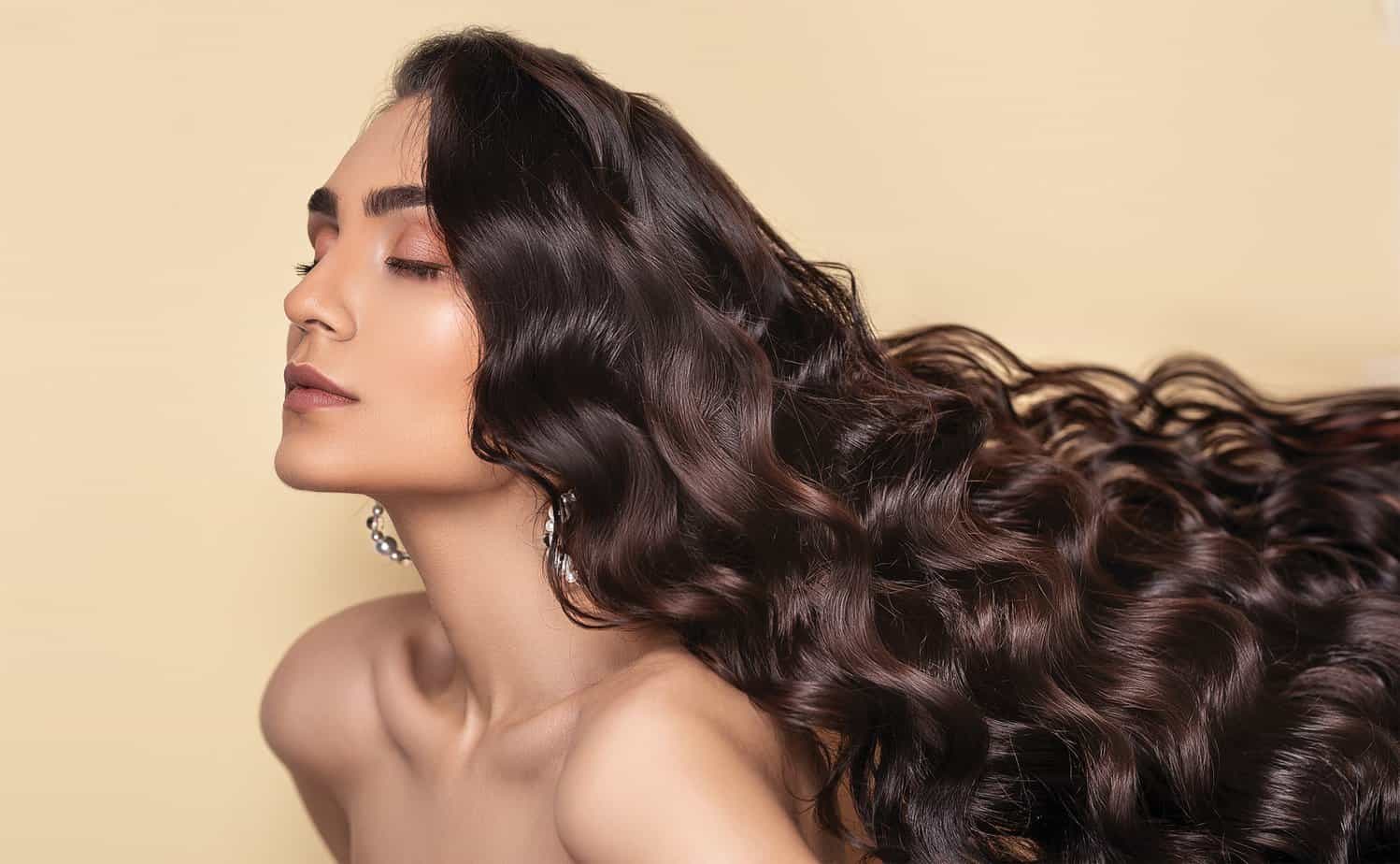
In the topic of hair care there is more and more talk about PEH balance. What does this abbreviation mean? Here is what PEH balanced hair care looks like
Do you regularly use a good shampoo, conditioner and mask, but still find your hair stiff, dull or limp? Perhaps the key ingredients are delivered in the wrong proportions. This is what PEH balanced hair care focuses on.
PEH is an acronym derived from the first letters of the most important active ingredients for hair, these are:
Hair care in accordance with the PEH balance is based on providing these three groups of ingredients in the right proportions – but this does not mean that they must be administered in the same amounts. The right proportions depend on the individual needs of the hair.
Conscious hair care should be tailored to your hair type. Depending on whether the hair is low, medium or highly porous, other methods and substances and their proportions will prove to be appropriate.
PEH imbalances show up on the hair for example through excessive dryness, matting, stiffness, frizz or lack of volume. Take a look at the following descriptions of active ingredients and their effects to help you diagnose your own hair’s condition and requirements
As a natural building block of hair, proteins are one of the basic ingredients needed to keep hair healthy and in good condition.
Protein deficiency: Hair is dull, lacking in volume and limp.
Excess protein: Hair is stiff, knotty and frizzy.
Hair that needs more protein is highly porous, curly hair and damaged or color-treated hair.
Protein Sources in Cosmetics: Amino Acids, Keratin, Elastin, Collagen, and Silk
These substances protect hair against excessive moisture loss, harmful external factors as well as smooth and soften the hair surface.
A deficiency in emollients results in dry, frizzy, shiny and coarse hair.
Excess emollients: Weighed down, limp, greasy and stringy hair.
An increased amount of emollients is recommended for high- and medium-porous hair to help reduce frizz and smooth the hair.
Sources of emollients in cosmetics: fatty alcohols, oils (including mineral oils), lanolin, paraffin.
These substances keep our hair properly moisturized. Their amount should be balanced with the amount of supplied proteins.
Deficiency of humectants: Dry, dull and limp hair.
Excess humectants: Tangled and frizzy hair.
All hair types require the right amount of moisture. However, low-porous hair may require a bit more humectants.
Sources of humectants in cosmetics: Aloe vera, glycerine, honey, urea, panthenol, hyaluronic acid, niacinamide, propolis
When choosing cosmetics for hair care we should be guided by their composition. The brand of cosmetics and their price do not guarantee the desired effect. Depending on the type of hair and its needs, we will look for different ingredients in hair care preparations.
main photo: unsplash.com/Ali Pazani